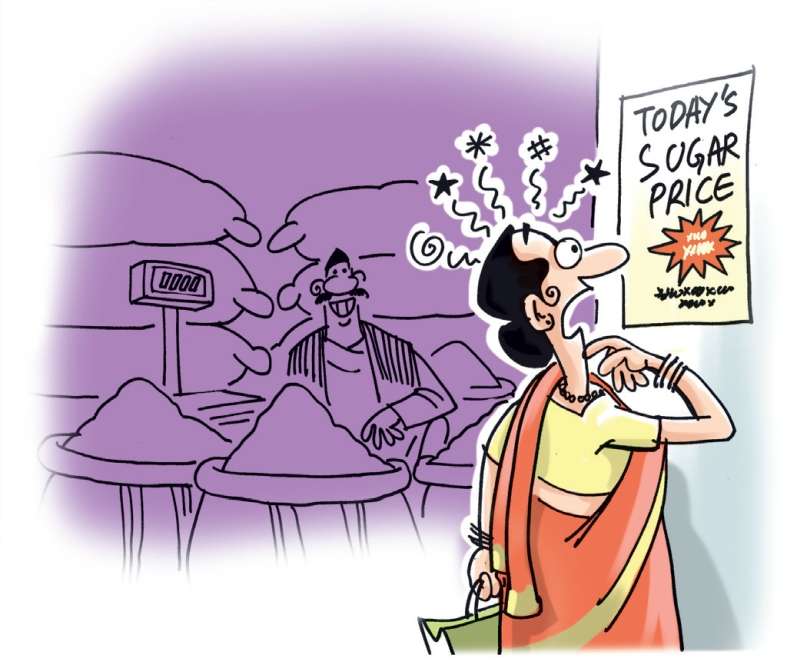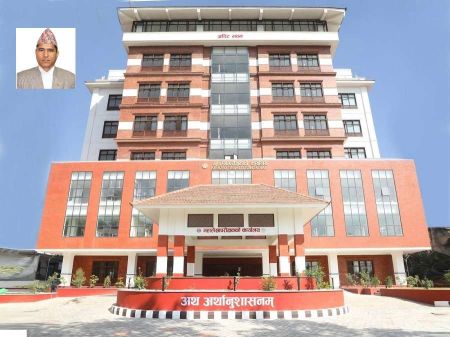Prime Minister KP Sharma Oli has accused sugar mill owners of tricking him into imposing higher customs tariffs and quantitative restrictions on the import of sugar, and that their activities have caused a short supply leading to the hike in the price of sugar in the local market. However, it is not entirely appropriate to solely blame the domestic sugar producers for the current situation. The lack of foresight in the government’s policy arrangements has played a major role in this regard.
It was the blunder on the past for the government and the authorities concerned to impose such strict measures without sufficient homework. Had the government better assessed the pros and cons of such policy measures, the current problems in the domestic sugar market could have been avoided. The quantitative restriction has directly affected the consumers who have been forced to purchase the daily essential item paying higher prices. On the other hand, sugar mills in the country have also not benefitted as they are said to have faced losses totaling Rs 2.25 billion in the first nine months of the current fiscal year. Neither are the farmers benefitted. They still complain that they have not received payment for the sugarcane they sold last year. And the government itself has lost revenue due to this blunder as the Auditor General’s latest report also shows. Thus the government’s move last September to restrict the import of sugar has benefitted no stakeholders.
The permanent solution lies in creating an effectively regulated sugar market. For example, establishing a sugar fund. Such an entity will be beneficial to all stakeholders as it will buy sugar from the mills, which will ensure mill owners that their production will be sold and farmers can get payments for the supply of their sugarcane on a regular basis. This will maintain a proper supply of sugar in the market as per demand, thereby controlling the local market prices which will benefit the consumers. The fund can also be helpful in making market predictions as sugar prices are subjected to high volatility due to the 3-4 year cycle of sugarcane cultivation.
In the meantime, the mill owners also need to be ready to work in a highly regulated environment. The fund should be given full authority to regulate the market. Currently, many domestic mills buy sugarcane from Indian farmers at cheaper prices. This has made it difficult for Nepali sugarcane farmers to sell their products. The fund needs to make sure that the mills will crush sugarcane only from Nepali farmers. Similarly, the farming and trading of sugarcane also needs to be regulated. Besides, there is also a need for an effective approach towards the better utilisation of the by-products of sugar mills such as generating electricity from bagasse and producing ethanol from molasses to substitute petroleum. This will increase profits of the mills. Doing this will not only create a transparent sugar market, but will also open the door to export sugar. Given the wide area of work, the sugar fund has to be huge, for which the government should invest money right from the start and mill owners also need to participate in it. However, the fund can only function when it is either fully independent or has minimal government control.
Madan Lamsal






















